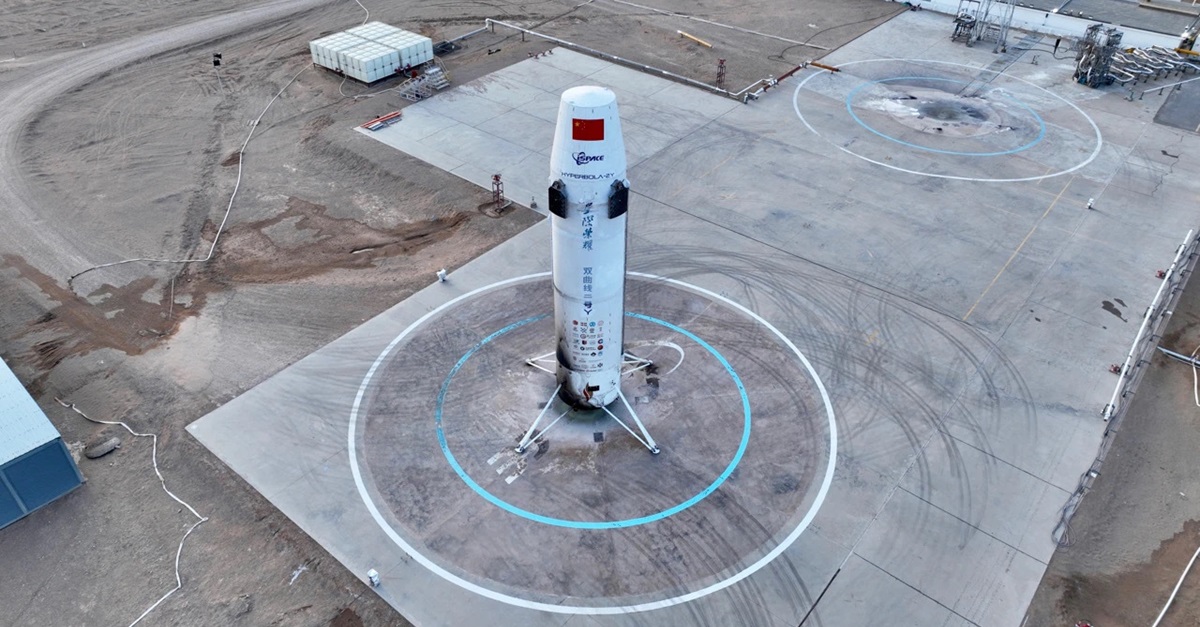China's Hyperbola-2 rocket jumped 343 metres and made a precise soft landing with less than 30cm of deflection

iSpace continues to test its new Hyperbola-2 rocket. The Chinese company has organised two jump tests within a few weeks.
Here's What We Know
The first Hyperbola-2 test took place early last month. The second test took place a few days ago. The rocket was able to climb to a height of 343.12 metres, after which it successfully made a soft landing.
Hyperbola-2 is being developed as a reusable two-stage launch vehicle capable of carrying up to 1.9 tonnes of payload into low Earth orbit. The propulsion system uses liquid oxygen and methane. Such fuel is cheaper than liquid hydrogen. In addition, methane is not as aggressive to engine components.
Más imágenes de la prueba del Hyperbla 2Y
- Daniel Marín (@Eurekablog) December 10, 2023
???? iSpace pic.twitter.com/kZJrPkZFLq
The rocket remained in the air for 1 minute 3 seconds and then descended almost to the centre of the adjacent pad with a precision of 29.5cm. The landing velocity was 1.1 m/s. By comparison, in the first test, Hyperbola-2 jumped 178.4 metres and landed with an accuracy of 1.7 metres. The Chinese company has planned a space ascent for next spring.
iSpace is also developing the Hyperbola-3 rocket. Its single-use version is expected to be able to make its first flight in 2025, with a reusable version coming in 2026. The company will also build a Hyperbola-3B rocket to compete with the Falcon Heavy.
Source: SpaceNews